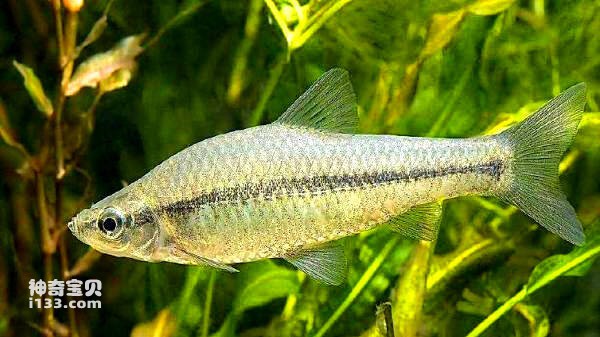Species are the basic form of life and the basic unit of biological communities in the ecosystem. Therefore, the species diversity of the community is the decisive factor in the structure and function of the ecosystem. In a freshwater ecosystem, there are phytoplankton (algae), aquatic vascular plants and other macrophytes as producers, as well as various zooplankton, benthic animals and fish as consumers, and a large number of animals that mainly act as decomposers. bacteria and other microorganisms. In an ecosystem, a very complex food chain relationship is formed between decomposers, producers and consumers. Therefore, in an ecosystem, the disappearance of a species will not only cause the loss of the species as a biological resource, but more importantly, it will have an overall impact on the structure and function of the ecosystem, that is, it will destroy the ecological balance. .

Due to human beings' insufficient understanding of the importance of biodiversity, thousands of years of production activities have more or less destroyed the pattern of natural biodiversity. Natural resources cannot be used sustainably, and human beings' own living environment has inevitably been affected. , but the impact of thousands of years of freshwater fish farming in my country on freshwater ecosystems has not attracted enough attention. Since the Tang Dynasty, silver carp and bighead carp have been the main species of freshwater culture in my country. Grass carp mainly eats aquatic vascular plants and other aquatic plants, silver carp mainly eats phytoplankton, and bighead carp mainly eats zooplankton. In natural water bodies, a mutually restrictive and balanced relationship is formed between aquatic plants, algae, zooplankton and grass carp, silver carp and bighead carp. If a large number of grass carp are released into a body of water and aquatic plants are used without restriction, a higher fish yield can be obtained. When the biomass of aquatic plants is reduced or even extinct, the biomass of another type of primary producer - algae and secondary producers that utilize algae - zooplankton may rise rapidly, and the production of silver carp and bighead carp will also increase. Significant growth. This method of utilizing the biological productivity of natural water bodies is still used as an important means to increase fish production. People have overlooked one point. The extinction of aquatic plants not only leads to the destruction of spawning, feeding and habitat sites for many fish, but also significantly reduces the diversity of benthic organisms and zooplankton. Even phytoplankton, whose biomass has increased sharply, The biodiversity index also declined significantly. Due to the massive reproduction of blue-green algae, "algae blooms" are formed, which accumulate along the coast and become smelly, seriously affecting water quality and the environment. The massive proliferation of phytoplankton causes a decrease in water transparency and inhibits the germination and growth of submersed plants, making it difficult to reverse the deterioration of the water's ecological environment. This situation has occurred in many lakes in my country, such as East Lake in Wuhan, West Lake in Hangzhou, Xuanwu Lake in Nanjing, Dianchi Lake in Kunming and other urban lakes.
In the past two decades, another typical example of the destruction of biodiversity in natural water bodies is the ecological phenomenon of "fish miniaturization". The so-called miniaturization of fish refers to changes in the composition of natural fish flora in some large water bodies. A few small fish that mature early, are small in size, and have low economic benefits multiply in large numbers, while many important economic fish species are found in the community. The proportion occupied has dropped significantly. For example, Honghu Lake in Hubei Province had more than 90 species of wild fish before 1959. Among the catches, economic fish such as grass, green carp, silver carp, bighead carp, carp, and bream had an absolute advantage. Due to the construction of water conservancy projects and the obstruction of rivers, many fish in lakes that must enter rivers to spawn have lost the basic conditions for reproduction. What's more serious is that excessive fishing has resulted in a sharp decline in the breeding populations of many commercial fish, including some large carnivorous fish. In this case, the environment makes certain breeding conditions extensive, and small fish that mature early and have high growth rates within the group provide conditions for large-scale reproduction. According to catch statistics in 1987, three species of fish weighing no more than 200 grams, including crucian carp, yellow catfish, and red-finned catfish, accounted for about 97% of the catch. There are also about 70 species of fish in the lake. Extinct, there are very few large fish. The phenomenon of fish miniaturization exists in lakes such as Chaohu, Taihu, and Hongze Lake in the lower reaches of the Yangtze River.
animal tags:
We created this article in conjunction with AI technology, then made sure it was fact-checked and edited by a Animals Top editor.